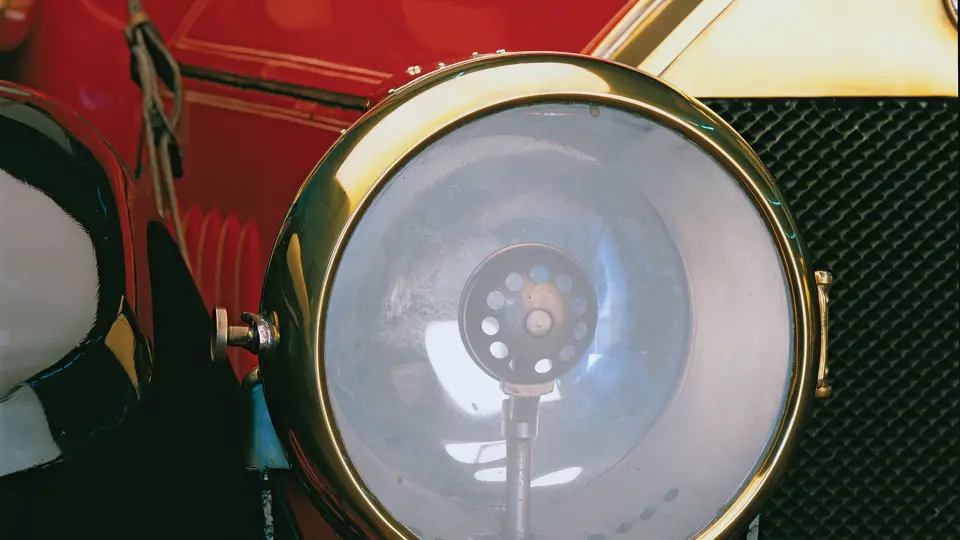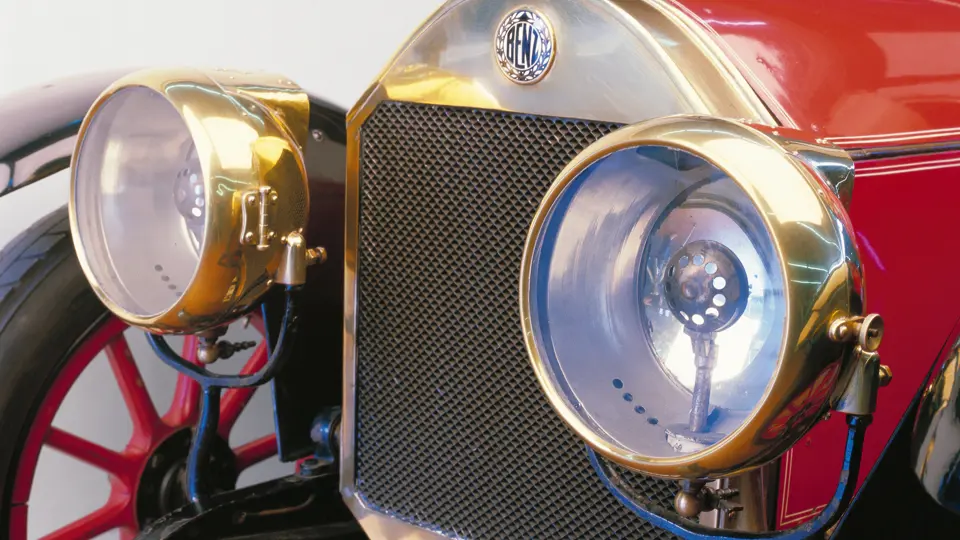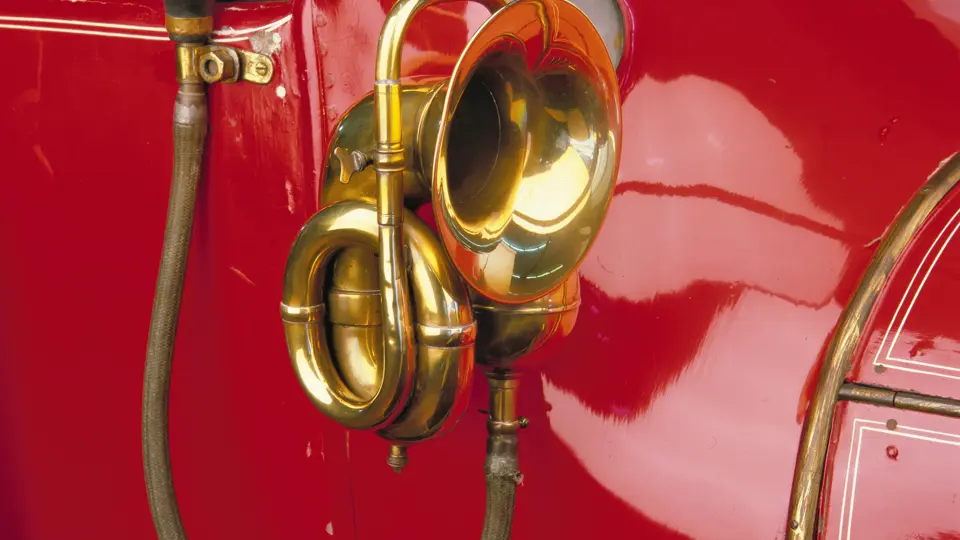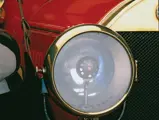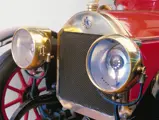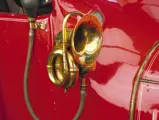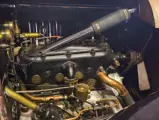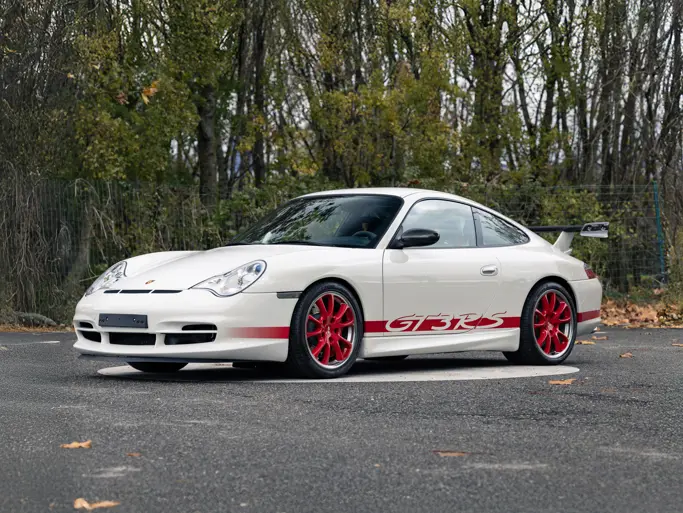22 bhp, 1,950 cc L-head inline four-cylinder engine, shaft drive, four-speed manual transmission with reverse, solid axles with longitudinal leaf spring front and rear suspension, mechanical transmission brake, and rear-wheel drum brakes. Wheelbase: 2,850 mm
In 1906, Germany introduced a motor vehicle tax, the levy of which fell heavily on large-displacement automobiles. Pioneer automaker Benz’s reaction was to introduce a 2,410 cc 10/18 PS (horsepower) car, introduced in 1908. This economical design, which flew beneath the 10 PS taxation threshold, appealed to a new market segment: Berlin taxi drivers. Thus began a long German tradition of Benz taxis, continued today by successor company Mercedes-Benz.
There followed an even smaller car, the distinctive and charming 1,570 cc 6/14 PS of 1910, and an intermediate car, the 8/20, of the type shown here, which would remain in production from 1912 until after World War I. Today, the 8/20 HP continues to be one of the most significant Benz models, a robust and economical automobile that kept the company afloat until its merger with Daimler in 1926.
The Tourer offered here is believed to have been originally delivered through Antonio Vazquez Sanchez of Seville, Spain, whose badge, carrying the car’s kommission and motor numbers, is still affixed to the car; similarly, the car retains what appears to be its original factory data tag, as well as its original engine. It was acquired from Madrid, Spain, by the Quattroruote Collection in 1962, and from the photograph in its ASI paperwork, it appears to have been restored thereafter. The scarlet and black paint are older with considerable patina, as is the fabric top, which exhibits some staining; the interior is newer and still in extremely good condition. The car appears to retain all of its original desirable brass trim as well.
A significant Benz model of the Brass Era, the 8/20 HP is necessary to fully tell the story of the modern Mercedes-Benz partnership, as it was one of the most successful models produced prior to the merger. This particularly handsome and authentic example would be ideal for filling that niche in a new owner’s collection, benefitting, like so many of the lots on offer today, from over half a century of care in the Quattroruote stable.


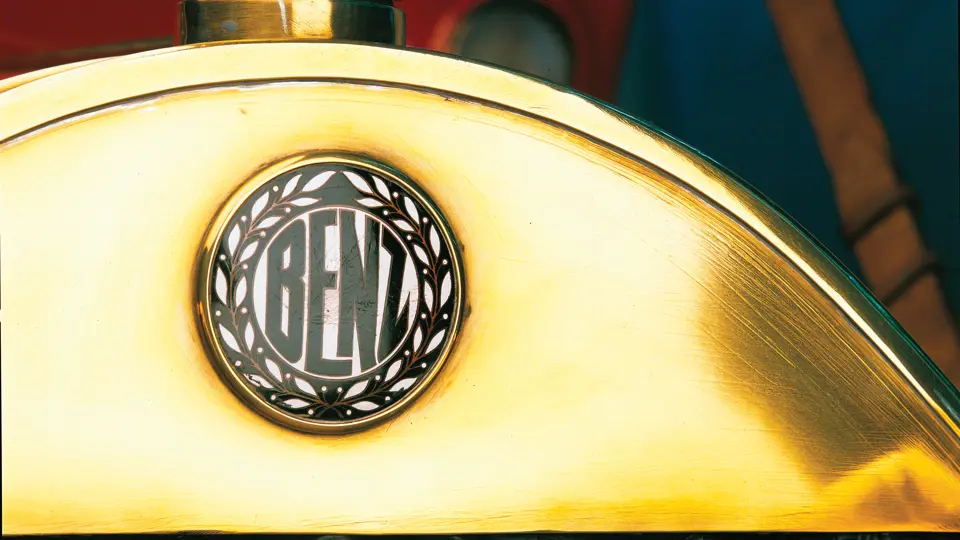

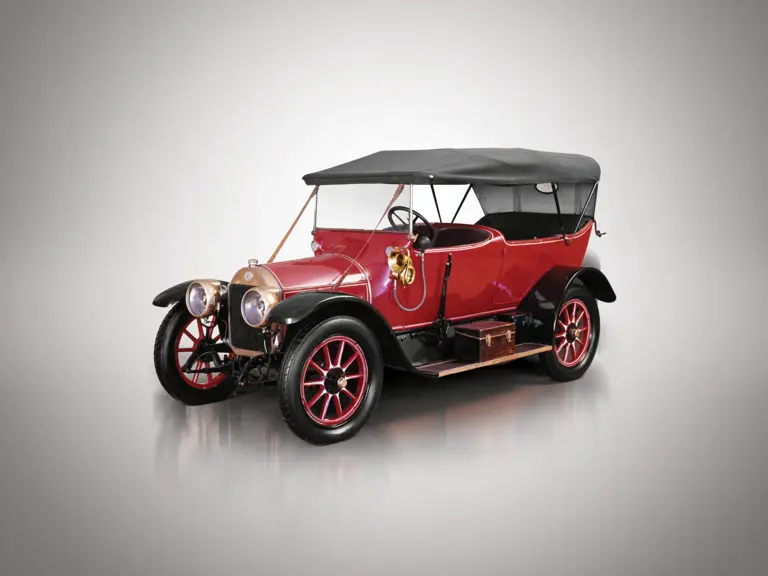
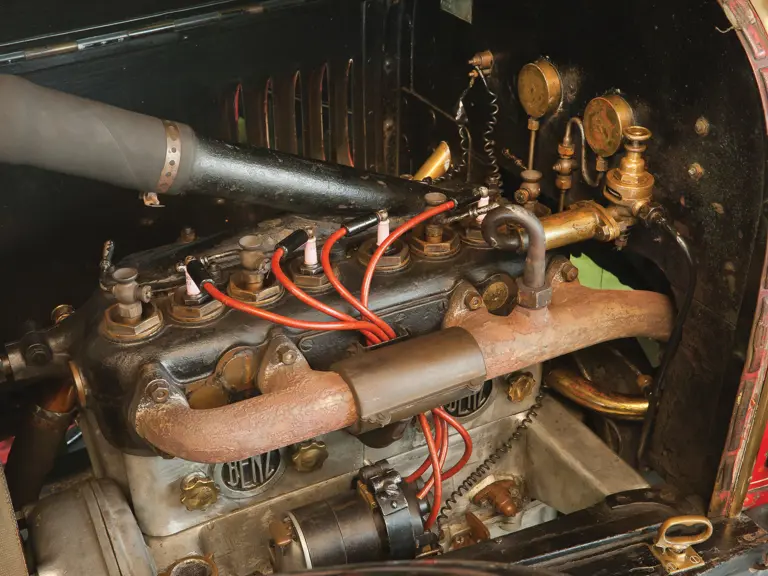
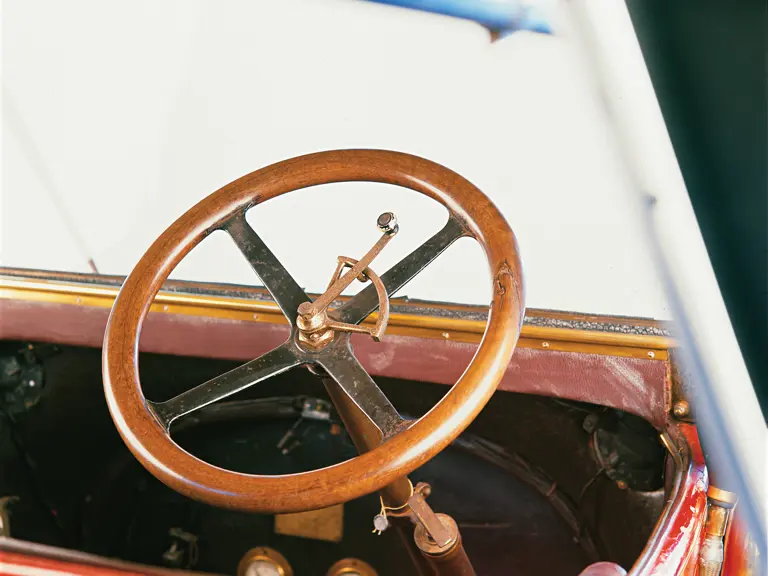



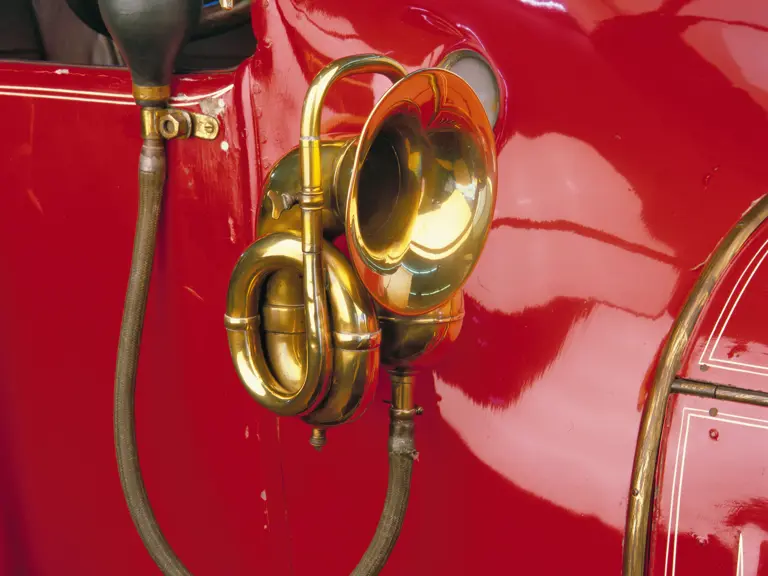
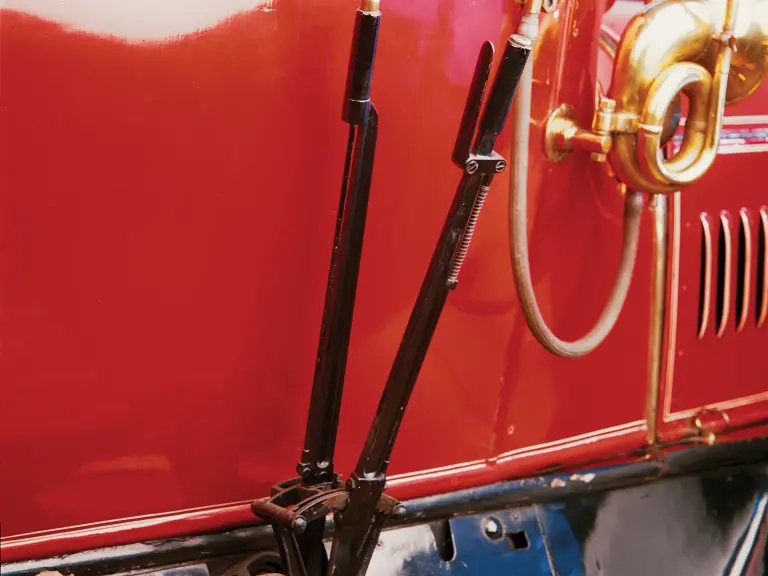
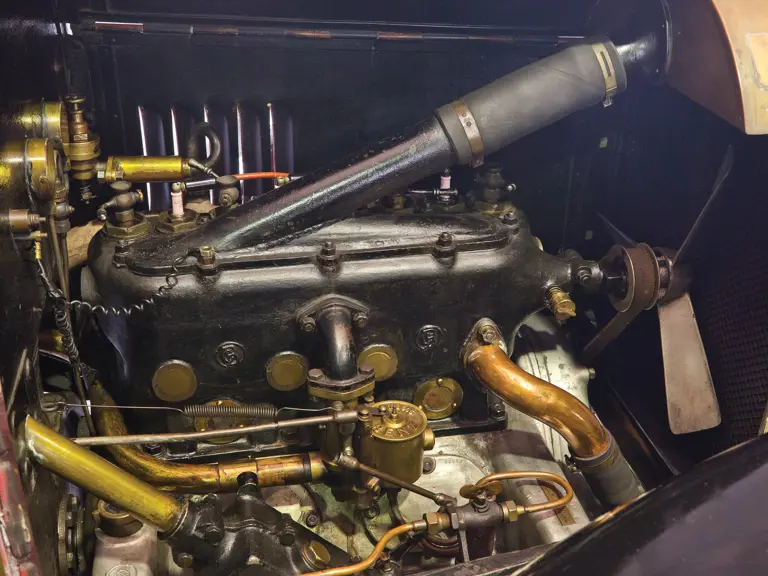

 | Monte Carlo, Monaco
| Monte Carlo, Monaco
